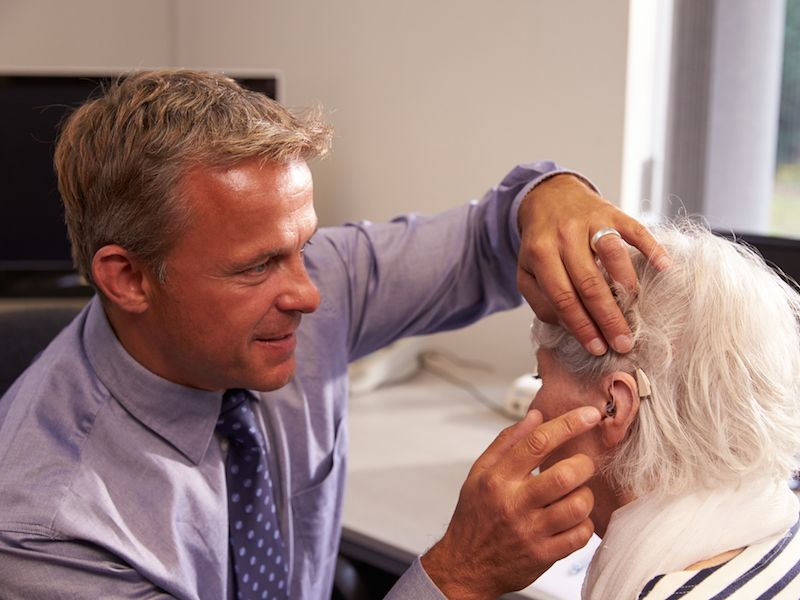
The numbers don’t lie: at some time in your life, you’re probably going to need a hearing aid. A quarter of individuals between 60 and 75, according to an NIDCD report, have hearing loss and for individuals over 75 this number increases to 50%. The best means to deal with age-related loss of hearing is to wear a hearing aid, but how can you discover which model is the right one for you? Hearing aids used to have problems like vulnerability to water damage and unwanted background noise but cutting-edge hearing aids have resolved these sorts of problems. But there’s still a lot you need to know when picking a hearing aid to make sure it works with your lifestyle.
Directionality is a Crucial Feature
Directionality is one essential feature you should look for, which is the ability for your hearing aid to focus on the specific noise near you (like a discussion) while keeping background noise to a minimum. Many hearing aids have different directionality packages, which either focus in on the noise right in front of you, the speech that’s coming from different speakers, or a mix of both.
Can You Use it With Your Phone?
It’s become very clear, we’re addicted to our cellphone as a country. You most likely have some kind of cell phone, either a smartphone or an older style cell phone. And on the unlikely event that you don’t have any kind of cell phone, you probably still have a land-line. So, how well hearing aid works with your phone is an essential consideration when you’re shopping for hearing aids. What does it sound like? Are you capable of discerning voices clearly? Does it feel comfortable? Are there any Bluetooth connectivity options available? These are all the things you should consider when selecting new hearing aids.
Are You Inclined to Wear it?
In the past few years, as noted above, the development of hearing aids has vastly improved. One of those advances has been the size and shape of hearing aids, which have moved towards the smaller and more comfortable path. But there are undoubtedly pros and cons. A smaller hearing aid may not be as powerful as a bigger one, so it mostly depends on your hearing specialist’s suggestion and what you need to achieve with your hearing aid. The little models won’t have the features of the larger models and they could get clogged with earwax but they fit inside your ears virtually imperceptibility. On the other hand, better directionality features and more advanced sound amplification choices are available with a behind the ear hearing aid though it’s a little bit larger.
What Type of Background Sound Will You be Exposed to?
Wind interference has been an extreme problem for hearing aid users since they were invented. Being outside during a windy day with a traditional hearing aid used to mean that you couldn’t pick up anything but the wind, which is could drive anyone insane. you live in a windy area or if you’re an outdoor kind of person so you’ll want to find a hearing aid that suppresses wind noise so you can have conversations at a normal volume and steer clear of the headaches that are associated with hearing aid wind noises. Educate yourself about the many different hearing aid options available to you. Get in touch with us.